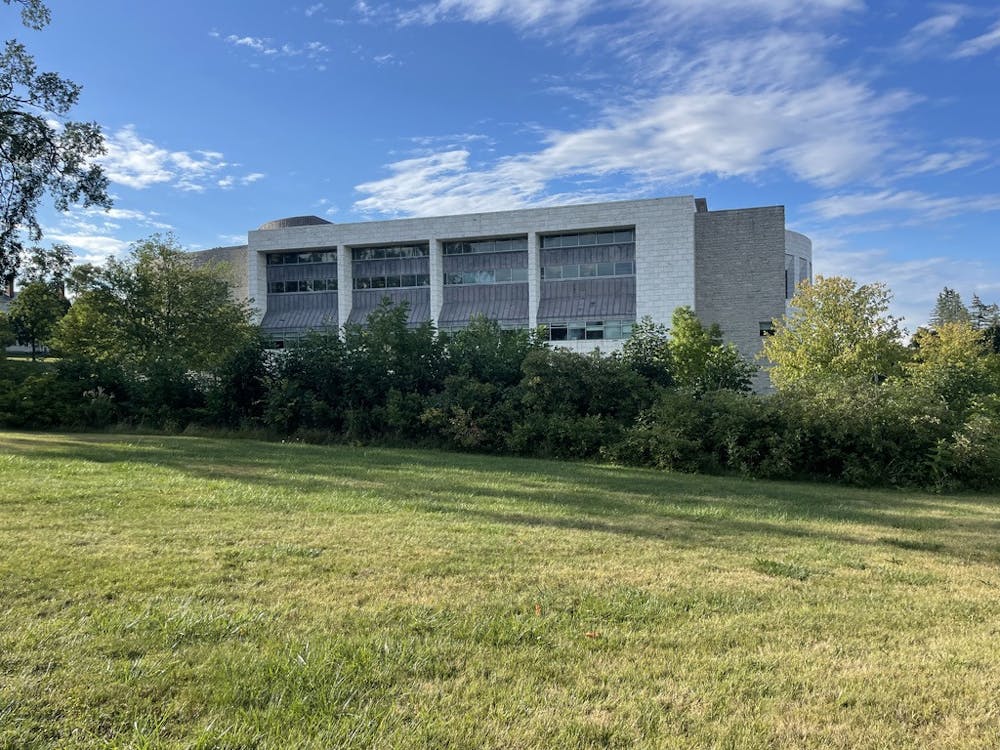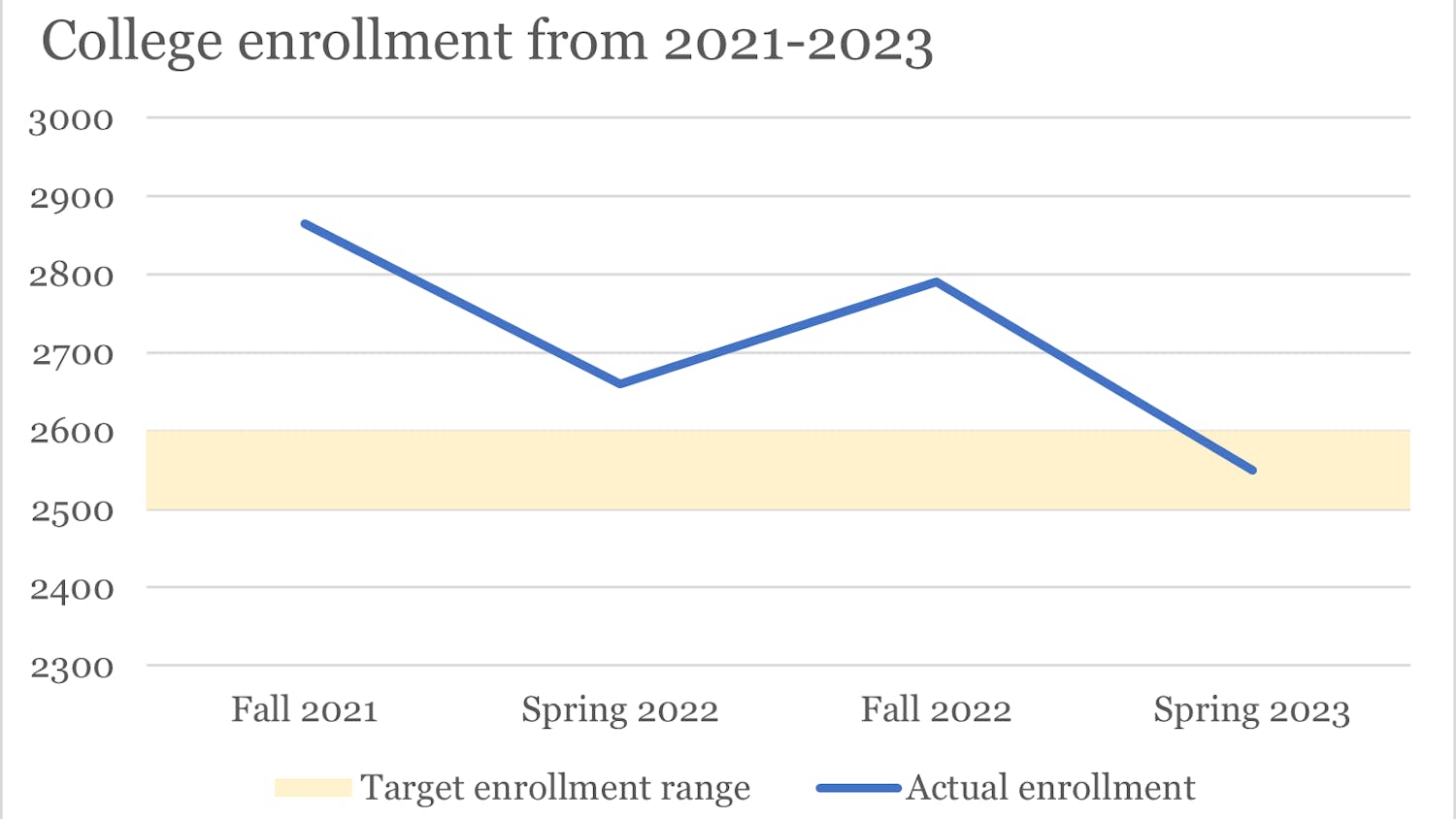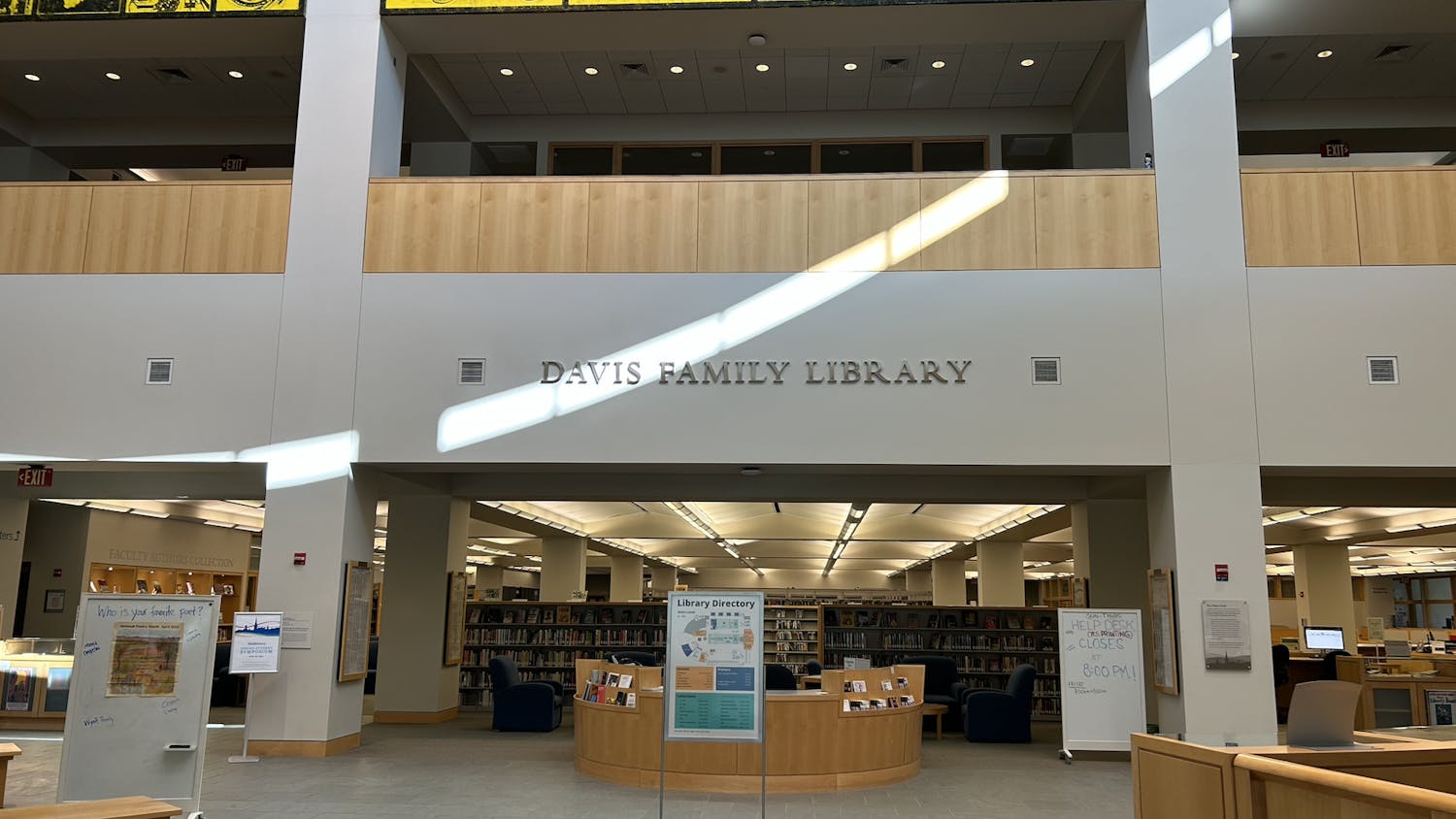The Middlebury campus is undeniably beautiful, as is the state of Vermont. As spring arrives, we find ourselves eagerly awaiting the emergence of bright buds on trees, the return of green grass and the chance to lay on the lawn basking in the sun. The sprawling quads in some ways feel synonymous with college life; a leftover design choice from a colonial archetype of universities in the western world. The allure of higher education depends on its marketing of students reading books out on the grass, kicking around a soccer ball, or just hanging out with friends. But, do we really need this much lawn to enjoy its recreational benefits? Whether it’s used or not, we mow every piece of this college landscape, mostly just out of habit.
What would it look like to rethink this habit? What would it look like to begin to change the way we relate to our campus landscape, and by proxy, our Vermont landscape?
“No Mow zones,” or areas of lawn that are left to grow to their full height, besides twice yearly mows, were first introduced in the 2008 Campus Master Plan. Some existed near McCardell Bicentennial Hall, but they didn’t quite stick due to a lack of sharing awareness of their value and lack of effective preparation and establishment, leaving the areas overrun with invasive species. Now, 15 years later, Middlebury is far behind some of its counterparts in higher education when it comes to regenerative landscape design. Campuses across the nation are implementing intentional regenerative landscaping design choices. Yet, we are left with boring lawns that are neatly mowed but underused. Through the Sustainability Solutions Lab, we have worked with Landscape Horticulturist Tim Parsons and spent the past year researching and envisioning a new landscape management plan for Middlebury’s campus.
Currently, 97 acres of lawn are mowed weekly for 24 weeks of the year. This mowing results in 72,621 tons of harmful emissions annually, and it actively disrupts pollinators and wildlife who might otherwise call this campus home. In collaboration with the landscaping department, we have envisioned a 25% reduction in mowed lawns on campus within the next five to 10 years. These otherwise unused lawns will be replaced with native grasses, pollinator gardens and clayplain forest, allowing for the natural beauty of Vermont to be more present on campus. Imagine a campus filled with wildflowers, long swaying grasses, and even more beautiful trees that blaze orange in the fall.
The college strives to be a leader in sustainability in higher education through Energy2028. Reimagining its landscape would contribute to this goal, and we have the chance to be a model for large-scale regenerative and intentional landscape management that actively nourishes its ecological and social community. Further, this shift would give students and professors a greater opportunity to use the landscape as a classroom by observing pollinators or identifying native species for Biology classes or even giving Architecture classes a lens through which to envision effective regenerative and resilient landscape design.
Our work aims to provide a student perspective on what lands are actively used in order to restore ecological habitats in unused areas. This will be achieved through the intentional planting and maintenance of alternate ground cover types in select areas. Actively utilized quads like the Commencement Quad and Battell Beach will be maintained as lawn spaces for students to enjoy. Guidelines on mowing around buildings and walkways will continue to keep mice and ticks at bay. All cover types will be native to Vermont, including longer native fescue grass, clover, pollinator habitats and Clayplain forest plantings.
We recognize that this is a far-reaching proposal, the extent of which will likely not be reached for a number of years. We are excited to say, however, that the first step begins this spring. Trial zones in the Davis Family Library Quad will be established in partnership with Middlebury’s landscaping and facilities departments. Each new ground cover type will be tested in portions of this quad that are not actively used, and if this trial goes well, it will be extended to other portions of campus over the next few years. As a first step, there will be some herbicide usage to choke out the existing grass and prepare it for fescue, clover and pollinator garden planting. The lawn around Davis might look a little rough for a few weeks, but this small additive usage in order to begin the process does not compare to the environmental impact of continual use of fuel and maintenance needed to upkeep our manicured lawns.
We are excited to share this process with the greater campus community as it evolves. It is exciting to think about the campus that is to come and the ways we can learn from and with the ever-changing Vermont landscape. We are so grateful for the labor the landscaping department does for this campus on a daily basis and for their collaboration in this process. We find it beyond exciting to envision a future campus with more wildflowers, flowing grasses, butterflies and beautiful trees.
For more information please visit go/rewild or go/landscape or reach out to us at sjoconnor@middlebury.edu, abowden@middlebury.edu & tparsons@middlebury.edu




